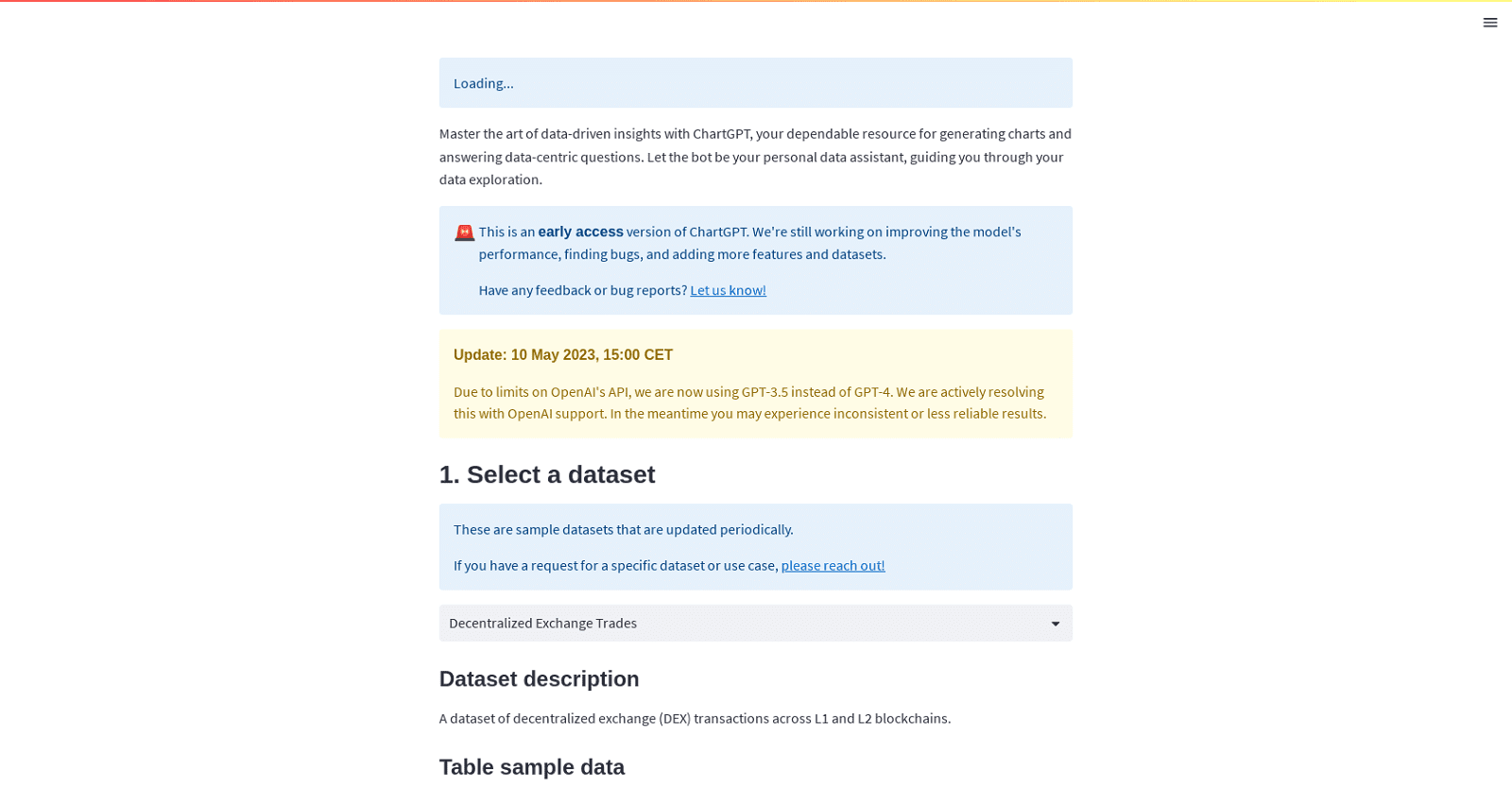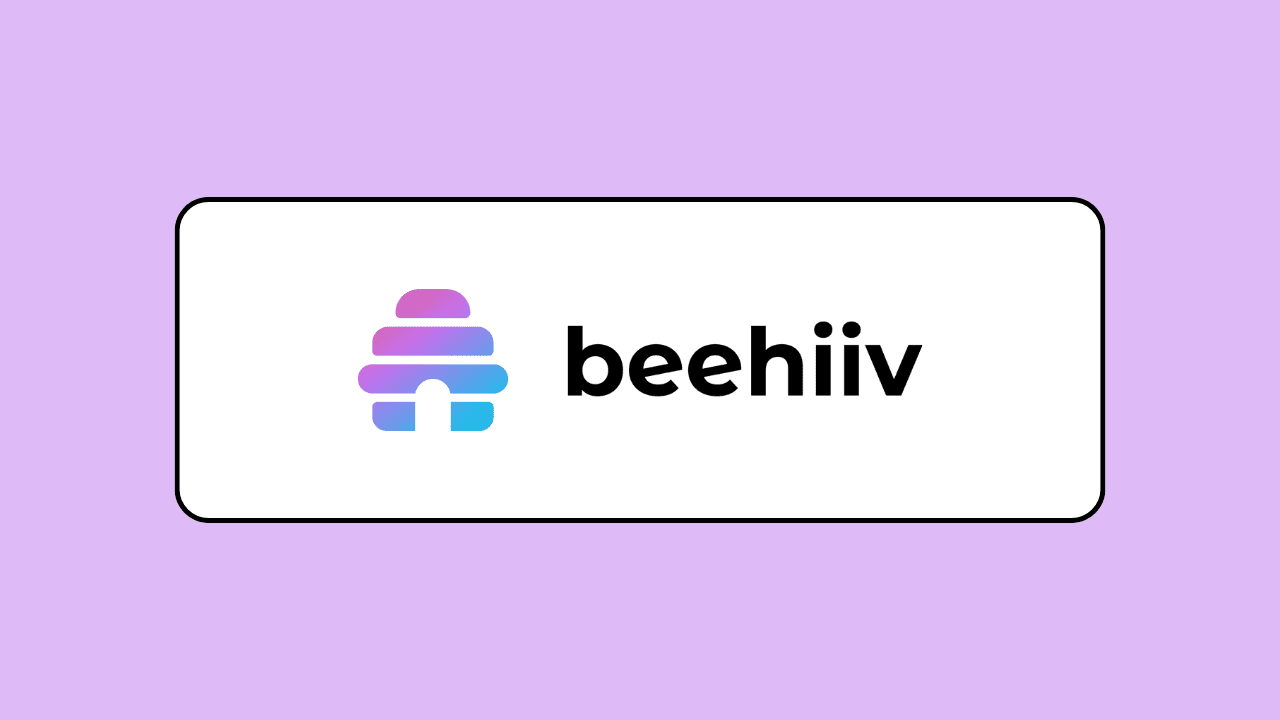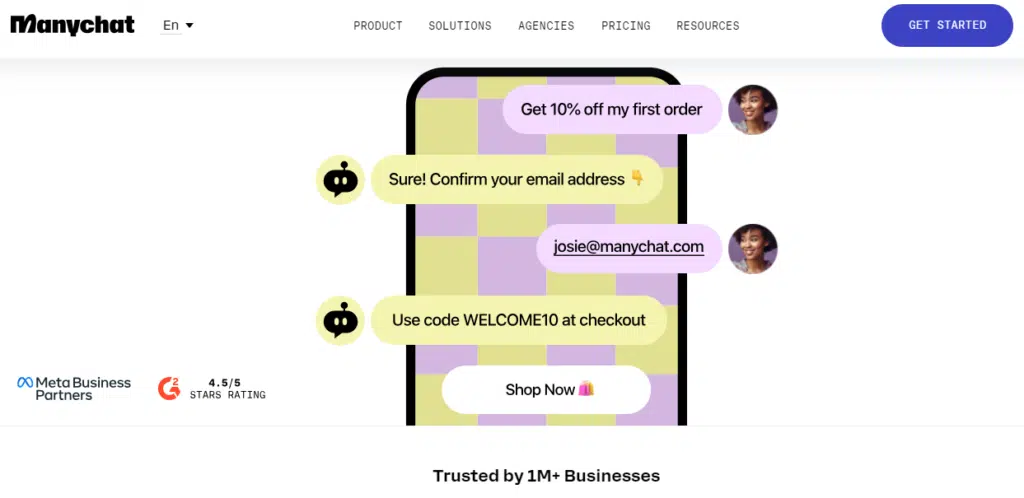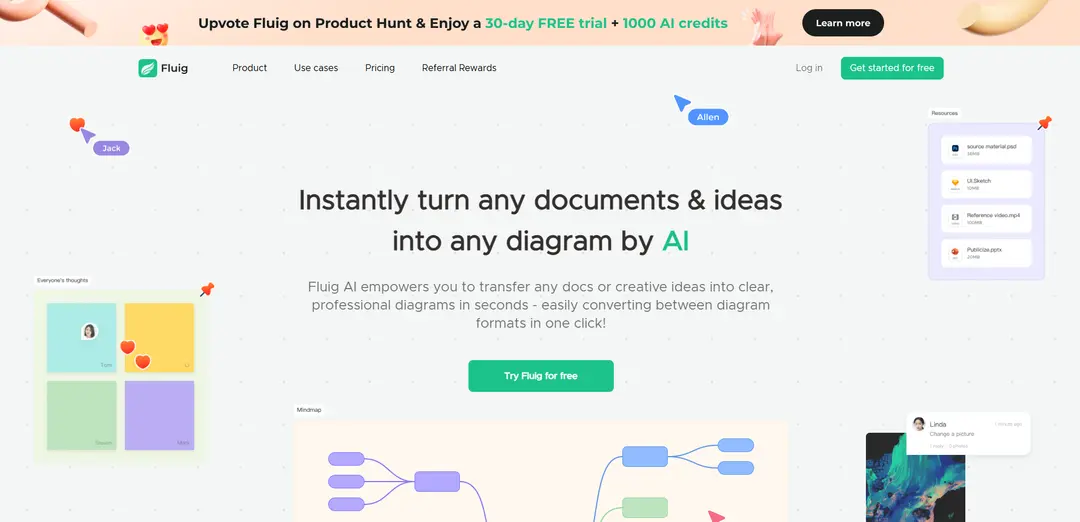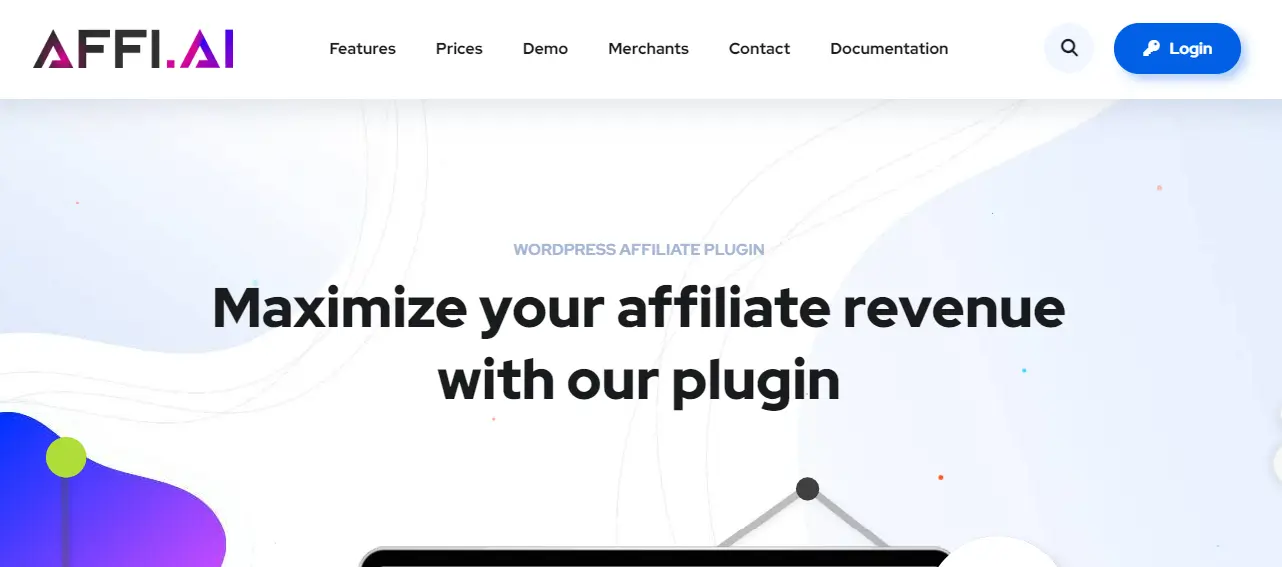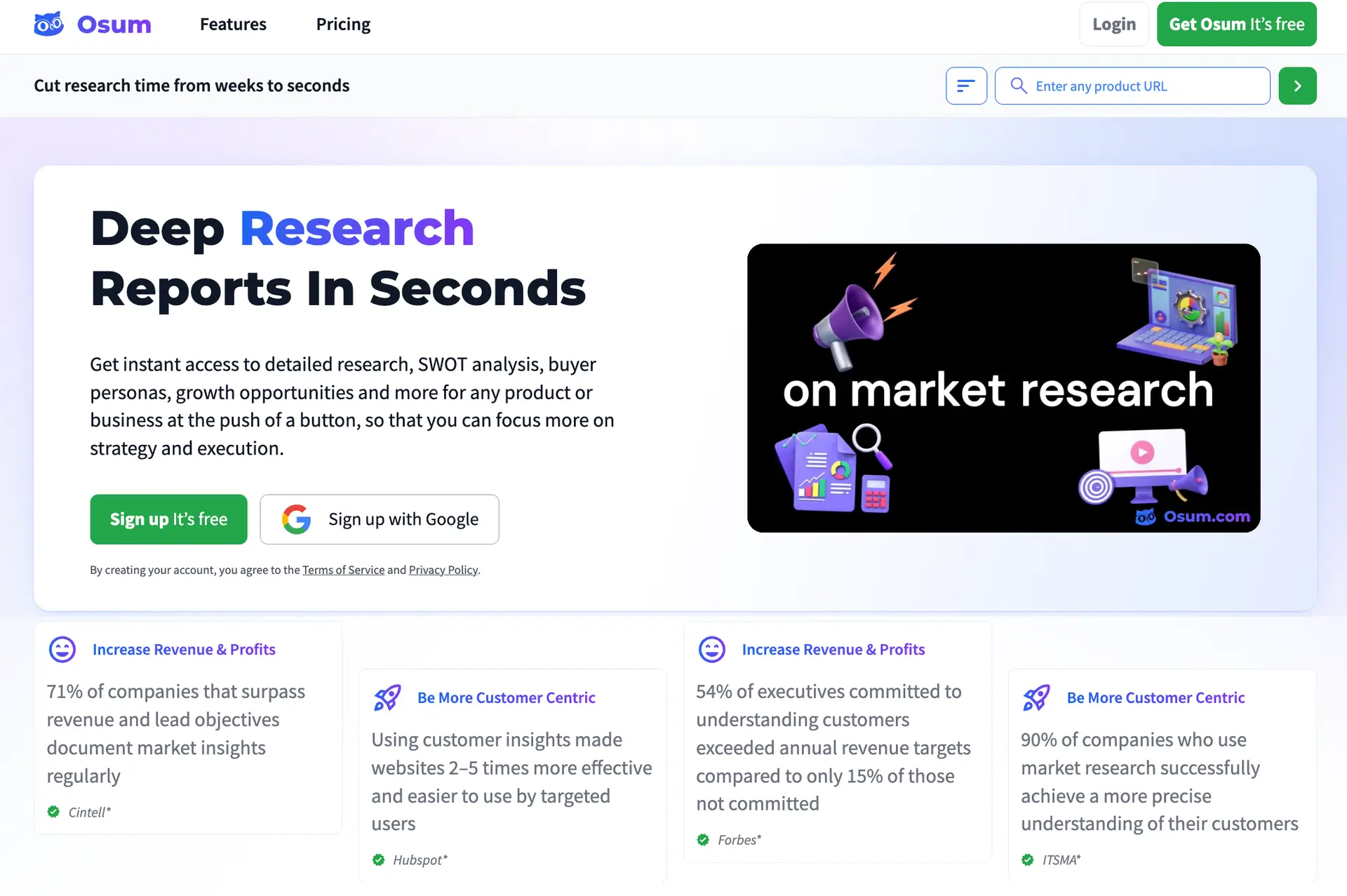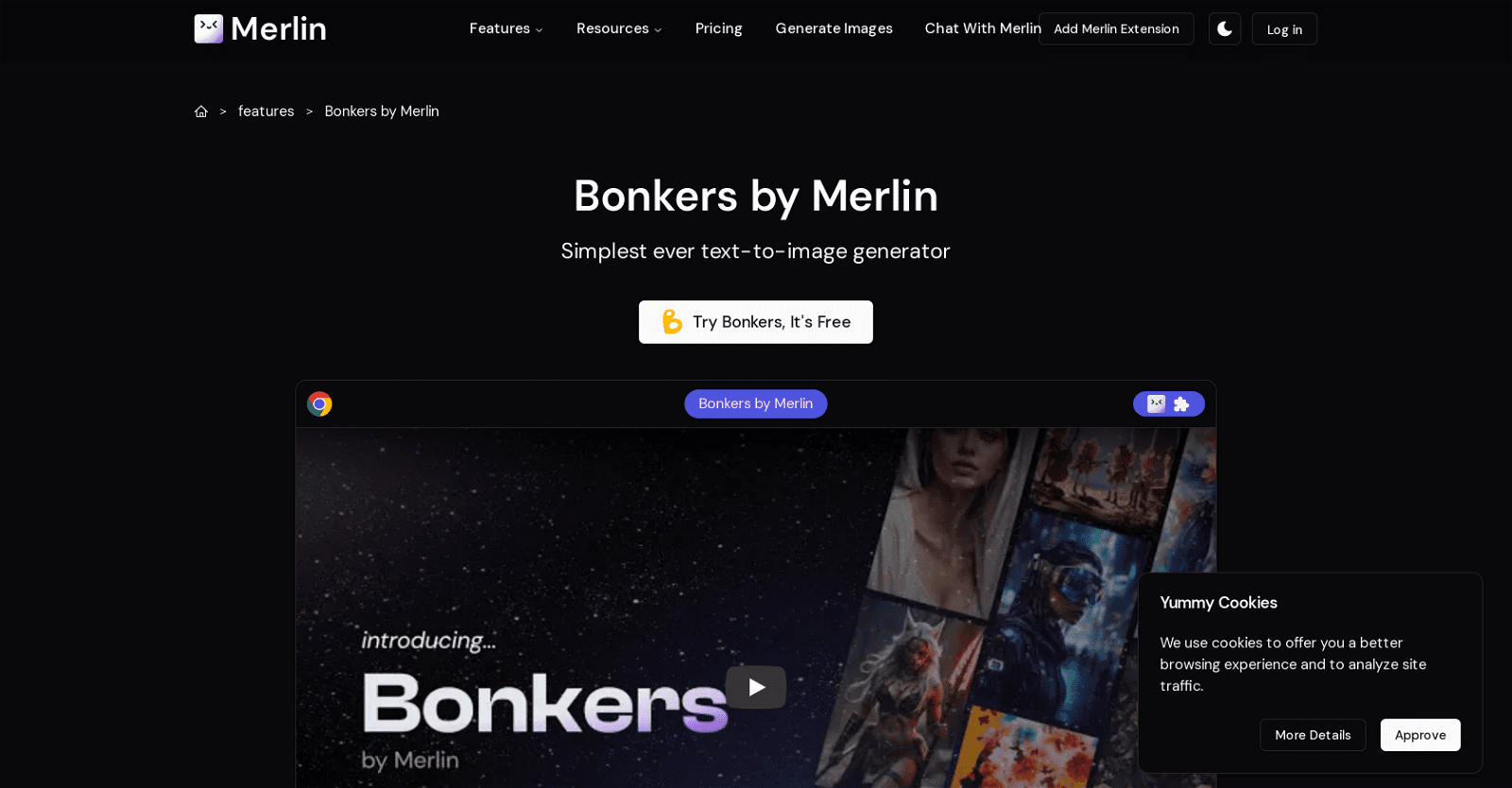ChartGPT serves as an AI-powered tool dedicated to generating charts and addressing data-centric inquiries. Positioned as a personal data assistant, it navigates users through the intricacies of data exploration.
Users have the option to choose from a selection of sample datasets or request specific datasets or use cases. However, it’s essential to recognize that the tool is still in its early access phase, undergoing continuous improvements to enhance model performance, address bugs, and incorporate additional features and datasets.
ChartGPT actively solicits feedback and bug reports from users to facilitate this improvement process. Among its sample datasets is “Decentralized Exchange Trades,” offering transaction data spanning L1 and L2 blockchains, which undergoes periodic updates.
Users can either select from sample questions or input their own inquiries to receive responses. Notably, due to limitations on OpenAI’s API, ChartGPT currently utilizes GPT-3.5 instead of GPT-4, potentially leading to occasional inconsistencies or reduced reliability in results.
Built with Streamlit, ChartGPT prioritizes user experience and accessibility in its interface design.
More details about ChartGPT Cadlabs
Who should I contact for support with ChartGPT?
For assistance with ChartGPT, users are encouraged to utilize the Typeform link provided on the platform’s website to reach out for support.
Why is ChartGPT using GPT-3.5 instead of GPT-4?
ChartGPT utilizes GPT-3.5 instead of GPT-4 due to limitations imposed by OpenAI’s API. The team is actively working to address this issue in collaboration with OpenAI support.
Does ChartGPT come with any pre-loaded datasets?
Certainly! ChartGPT offers pre-loaded datasets to facilitate user exploration. Among these datasets is the ‘Decentralized Exchange Trades,’ which provides transaction data across L1 and L2 blockchains.
Why is ChartGPT still in the early access version?
ChartGPT remains in its early access version as it undergoes continuous refinement and improvement. This phase allows the team to identify and resolve bugs, enhance performance, and incorporate new features and datasets to further enrich the tool’s capabilities.
